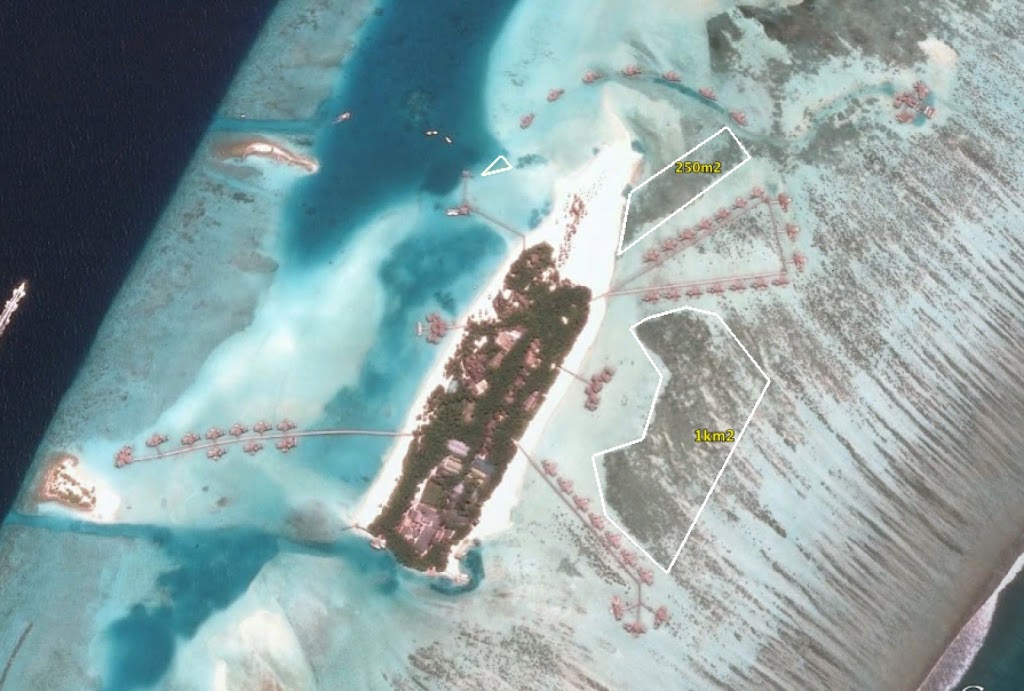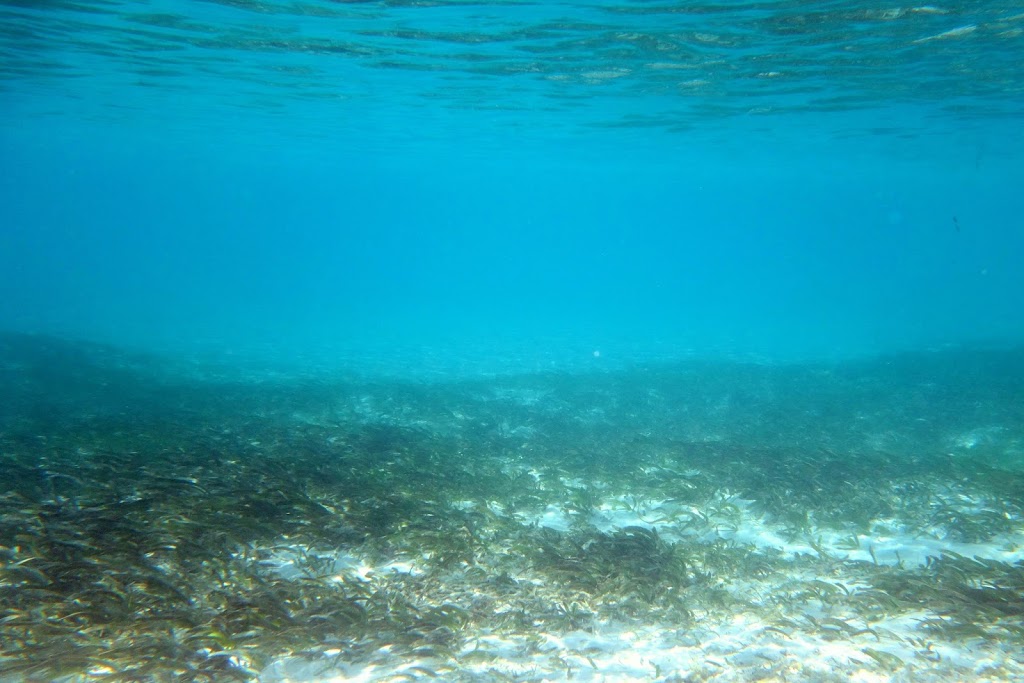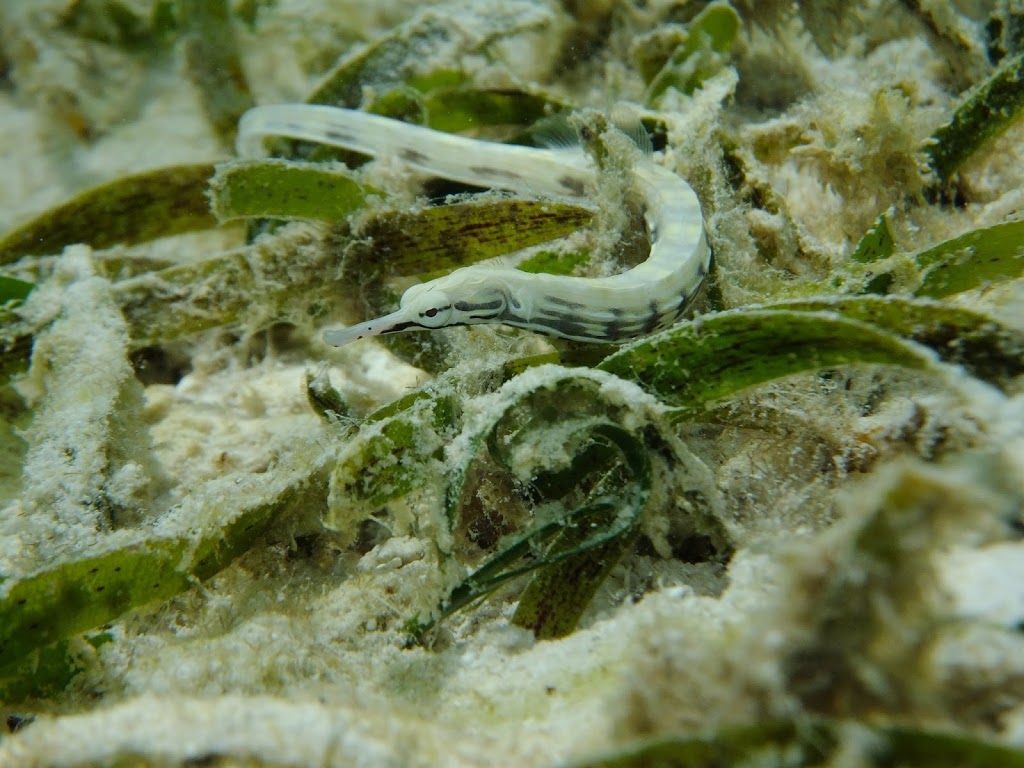We all could do with reducing our carbon footprint and one easy way is to support local and global sea grass conservation initiatives.
Known as the lungs of the ocean, sea grass can produce 10 litres of oxygen per 1m2 everyday! Sea grass meadows are also a fantastic carbon sink as they sequester carbon dioxide from the water and this can slow the effects of ocean acidification created by global warming. This beautiful plant could be the key to stabilising the negative effects of climate change.
Yet despite this, 29% of global sea grass beds have already disappeared with 7% more being lost per year. In an attempt to address this issue, the Marine Biology team at Gili Lankanfushi is conducting a sea grass regrowth experiment. At the resort we have sea grass growing in shallow lagoons around the island and in a 10m2 area on the south east side of the island, we have been collecting data on how fast sea grass regrows after it has been removed.
The experiment has currently been running for six months, so it is too early to be accurate, but results currently show that 10% of the area has signs of regrowth. To date, we are only seeing shoots of a robust species of sea grass called E.acoroides. This is a species found in the tropics in water depth of one to three metres with light wave action.
 |
| Aerial view of Lankanfushi Island and sea grass beds. |
In the beds we find nursery fish, crustaceans, worms and sea cucmbers using the leaves as a nursery and haven against the current. We also often see resident green sea turtles feeding on sea grass as it is their primary diet and they consume 2kg per day!
Marine Biologists are very pro sea grass because sea grass beds stabilise sediment and reduce erosion by creating a network of roots. They also increase the water clarity and quality by soaking up nutrients or chemicals that run into the water. If given the choice, we would regenerate the meadows surrounding the island as with an increased meadow size, the resort would benefit from cleaner and clearer water and an increased population of nursery fish species and green sea turtles. By regenerating the full size of our sea grass meadows we would also offset some of our carbon footprint.
We have been in touch with sea grass specialists from Seagrass Watch and SeagrassSpotter and hope to work with these global conservation projects in the future. We have learnt from their wealth of experience that it takes around 3-4 years to naturally replenish a small sized, single species sea grass meadow and around 10 years to replenish a large sized multi-species meadow. If we helped regrowth by planting sea grass seeds, the areas would be replenished in around 2 years.
This brilliant plant could be the key to stabilising the negative effects of climate change. We hope resorts in the Maldives consider regenerating their sea grass beds to help offset their carbon footprint.

